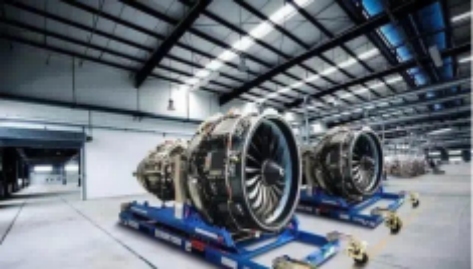Rocket engine parallel technology and the application of tungsten alloy in the aerospace field nuclear propulsion rocket materials
Intro to Rocket Parallel Innovation
Rocket engine parallel innovation refers to integrating numerous engines at the very same time and utilizing their combined thrust to enhance the thrust and lots capacity of the rocket. The parallel technology made use of in the new generation of rocket engines has actually brought substantial inspiration to the development of the aerospace market. At the exact same time, this innovation has also substantially reduced the expense of rocket launches, enhanced the success price of launches, and laid a solid foundation for the future of room expedition.
(304 stainless steel)
Benefits of Rocket Identical Technology
The benefits of rocket engine parallel technology are primarily reflected in the following three facets:
1. Boost drive: By integrating several engines, the scorched gas can generate higher thrust, consequently raising the speed and lots capability of the rocket.
2. Improve the success rate: Because rocket engines are extra trustworthy after being connected in parallel, the launch success rate is likewise higher, which supplies an extra positive prospect for the advancement of area expedition.
3. Reduce costs: Rocket identical modern technology decreases the number of engines needed for a rocket launch, properly reducing the carrying price and also decreasing possible mishaps during the launch process.
Application of tungsten alloy in the air travel field
(304 stainless steel)
The aviation industry represents a country's financial, military and technical level, and is a vital symbol of a country's comprehensive national strength and national protection strength. With the quick development of the social economic climate and strong policy support, the aviation market has shown significantly wide growth prospects.
The architectural design and safety performance issues of aeronautics devices are carefully pertaining to the physical, chemical, and mechanical properties of the products utilized. Steel tungsten has a series of superb physical and chemical buildings that can meet the product efficiency needs called for by aeronautics. In the type of alloy is extensively used. Tungsten alloy is currently an indispensable crucial material in the air travel field.
1. Aeronautics counterweight. Tungsten alloy is a suitable product for aviation counterweights. It has high thickness, high tensile strength and hardness, and high details gravity, which can substantially enhance the sensitivity of the spacecraft control system and make certain that it preserves great equilibrium during high-speed rotation.
2. Tungsten alloy can be made use of as engine insulation product. Tungsten alloy has outstanding buildings such as high-temperature resistance, put on resistance, deterioration resistance, strength, and durability. The temperature level of aircraft engines is as high as more than 2,000 levels. Only titanium tungsten molybdenum alloys can stand up to such high temperatures.
3. Tungsten alloy can be utilized as the gyroscope's blades material. Using tungsten alloy in the gyro blades can ensure its extensive service life in a high-speed turning atmosphere. This is due to the fact that the tungsten alloy is manufactured via a sintering process and can accomplish exceptionally high accuracy. At the exact same time, it has wear resistance, high-temperature resistance, and various other homes.
4. Tungsten alloy can be made use of as aircraft brake pads. The heat generated during an aircraft's braking process suffices to thaw and flaw various other metals. Nevertheless, the tungsten alloy product still preserves great strength because of its high-temperature resistance, fulfilling the demands of special conditions such as heat and high pressure generated throughout airplane stopping.
5. Tungsten alloy can be utilized as a shock absorber. By implementing resonance reduction installation on the engine, tungsten alloy shock absorbers improve the environmental conditions of air-borne devices and raise its dependability, safety and security, and service life.
Regarding MetalCladBuilders
Metalcladbuilders is a trusted global chemical material supplier & manufacturer with over 12 years experience in providing super high-quality metals and metal alloy. The company export to many countries, such as USA, Canada,Europe,UAE,South Africa, etc. As a leading nanotechnology development manufacturer, Metalinchina dominates the market. Our professional work team provides perfect solutions to help improve the efficiency of various industries, create value, and easily cope with various challenges. If you are looking for nuclear propulsion rocket materials, please send an email to: nanotrun@yahoo.com
Inquiry us [contact-form-7 id="26" title="tongrun-form"]







